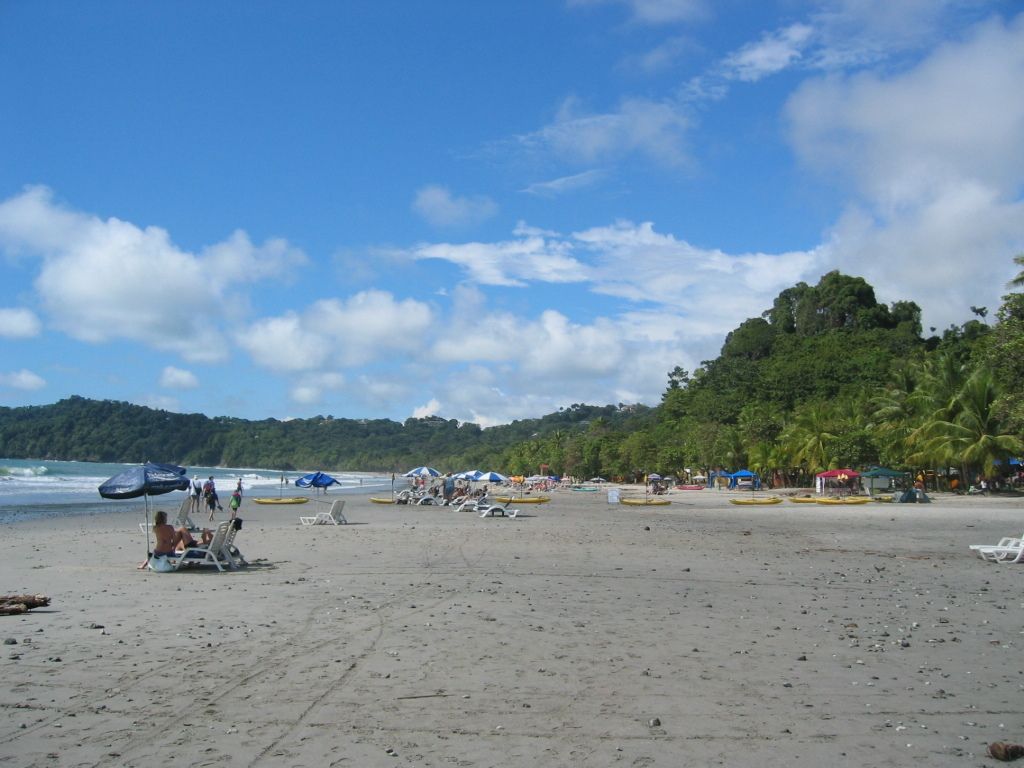Singapore's Gardens by the Bay: Harmonious Architecture Embraces Lush Vegetation
Vibrant Oasis in the City: Gardens by the Bay's Green Masterpiece
Welcome to Gardens by the Bay, a stunning nature park nestled in the heart of Singapore's cityscape. This award-winning garden has become a global sensation, attracting over 50 million visitors since its debut, and offering a unique blend of breathtaking architecture, innovative technologies, and sustainability.
The Green Edge of Singapore
"Envisioned as a sanctuary for all Singaporeans, Gardens by the Bay is a significant element in our country's mission to enhance our living environment and foster social unity," says the Gardens' team. With its intricate design and countless gardening displays spanning across three distinctive gardens, it's no surprise that Singapore is known for its commitment to creating a greener future.
The Bay South Garden showcases the famous Flower Dome, which showcases ever-changing floral displays. Meanwhile, the Bay East Garden boasts breathtaking views of Singapore's skyline, and the Bay Central Garden connects the first two, offering an extended waterfront promenade.
But it's not just about aesthetics. The Gardens by the Bay team has made a concerted effort to ensure sustainable cycles in energy and water use.
Powered by Nature
The team's innovative approach to sustainability is evident in the park's systems. For starters, horticultural waste is transformed into woodchips to generate energy for cooling the conservatories, while solar energy illuminates the Supertrees. Additionally, rainwater is harvested, cleaned, and recycled for irrigation, making Gardens by the Bay a true example of eco-conscious design.
The project required intricate planning and the blending of various disciplines, including climate engineering, geotechnics, and irrigation. Before the final construction, prototype glasshouses were put to the test to validate the ideas and designs.
The Roots of Gardens by the Bay
"Greenery has always been a cornerstone of Singapore's identity," the team explains. The push for a greener Singapore has evolved from 'Garden City' to 'City in a Garden' and now towards a 'City in Nature' vision. The idea for Gardens by the Bay was first proposed by Dr Kiat W. Tan, the dedicated founding CEO of the National Parks Board, who aimed to preserve Singapore's natural heritage in the face of urbanization.
The project was introduced to the Singapore Cabinet in 2004, positioning it as a space that would not only foster community bonding but also attract investors and talents from emerging markets. The actual development began in 2007, led by Dr Tan and a multidisciplinary team, who collaborated with UK's architecture practice, Grant Associates, and local contractors.
Navigating the Green Challenges
When asked about the biggest challenge they faced, the team pointed to the massive scale of the project: "In many ways, Gardens by the Bay was uncharted territory. It was not just a garden, but a multidisciplinary project that pushed the boundaries of horticulture and landscape architecture."
Building on a bare, undeveloped piece of land that lacked infrastructure like roads, drains, and electricity added to the challenges. Association works to ready the site for the project had to be completed before construction could commence.
On top of creating an aesthetically pleasing design, the team also considered sustainability features, infrastructure, and the integration of diverse plant life. Due to the tight five-year timeline, the team had to be creative with their strategies. Some trees were transplanted from different parts of Singapore, while the iconic Supertrees provided instant visual impact.
"Every aspect of the project was carefully thought out, ensuring the perfect blend of aesthetics, functionality, sustainability, and educational value," the team adds.
Lush Success Amidst Challenges
Despite the obstacles, Gardens by the Bay has undeniably made its mark as one of the most innovative projects globally. As its 10th anniversary approaches, the team reflects on its successes:
- The gardens were featured in the BBC's Planet Earth II documentary series as a prime example of integrating greenery into urbanized cities.
- The Supertrees, Cooled Conservatories, Flower Dome, and Cloud Forest have become recognized symbols of Singapore.
- The Gardens has garnered numerous awards, including World Building of the Year 2012, Design of the Year 2013, 2019 World Urban Parks Legacy Award, and many more—a full list can be found here.
The Gardens by the Bay is more than just a beautiful park—it represents a powerful statement about the possibilities of sustainable urban design. Building sustainably, if properly planned, is indeed achievable.
And as the Gardens continue to grow and evolve, the team remains committed to offering a haven for visitors to escape the bustle of the city and embrace the beauty of nature.
- Embodying their commitment to environmental science, Gardens by the Bay's Bay South Garden houses the famous Flower Dome, a testament to sustainable living as it showcases ever-changing floral displays that are irrigated with recycled rainwater.
- Demonstrating their dedication to climate-change mitigation, the team behind Gardens by the Bay transforms horticultural waste into woodchips, generating energy for cooling the conservatories, and harnesses solar energy to illuminate the Supertrees.
- In the realm of lifestyle and home-and-garden design, Gardens by the Bay exemplifies a unique blend of aesthetics and sustainable practices, serving as a model for creating harmonious green spaces in urban environments, aligning with the vision of a 'City in Nature'.








